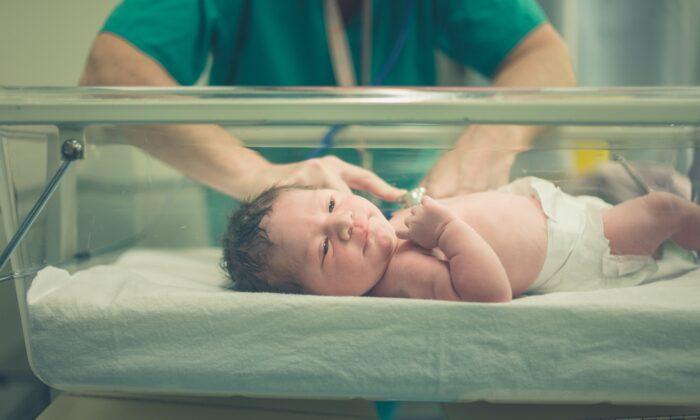Canadian defence officials say they must find the balloons shot down this month following the discovery of a Chinese spy balloon. Without the balloons in hand, they have very little evidence on their origins or purpose, the officials told a House defence committee Friday.
“This is going to be a difficult operation,” Maj. Gen. Paul Prévost, director of staff with Strategic Joint Staff, said. It’s like looking for “a needle in a snowbank rather than in a haystack,” he said.
While three balloons were shot down, the U.S. Coast Guard has given up searching for one of on Lake Huron, “given the small chance of finding anything,” Prévost said. That leaves one balloon in Alaska and one in the Yukon.
The search is urgent; it’s due to snow next week and that extra snow cover could make an already “difficult operation” impossible.
“They’re fairly up north in very difficult terrain, lots of snow,” he said. The area is wooded, and the one in the Yukon is in mountainous terrain already covered in more than a meter of snow when the balloon was shot down.
“We’re doing all the efforts we can, rapidly, to try to fight against snow expected early next week.”
He said there are 130 members of the Canadian Armed Forces searching, in addition to six aircraft. A task force of about 70 members is ready to move in to retrieve a balloon if one is spotted. The task force is mainly Special Forces, but also rangers.
“Until we find them we’ll never be very sure of what those arrays were,” he said.
MP Charles Sousa asked about the comments made by U.S. President Joe Biden that the three balloons appear to be unrelated to the Chinese spy balloon and were likely “tied to private companies, recreation, or research institutions.”
Lt. Gen. Alain Pelletier, deputy commander of NORAD, replied, “With the data that was available off of the radar, we’ve been unable, at this point, to actually ascertain or pinpoint the origin of the other [three] balloons.”
“That’s why … recovering the objects that are on the ground is important, so that we can not only characterise the capabilities, the threat that it poses to North America, but also the origin,” he said.
MP Emmanuella Lambropoulos asked what other means are available to find the origins or purpose.
Pelletier said “We’re still doing data reduction of the radar contacts. ... The three different regions of NORAD involved with the intercepts are also doing video analysis.” They are also investigating the general use of balloons in not only Canadian air space “but across other air spaces as well so as to better understand how many of these systems are probably in the air space at any one time.”





